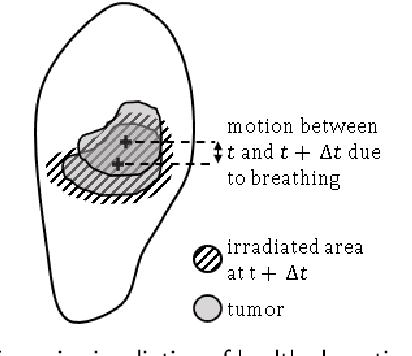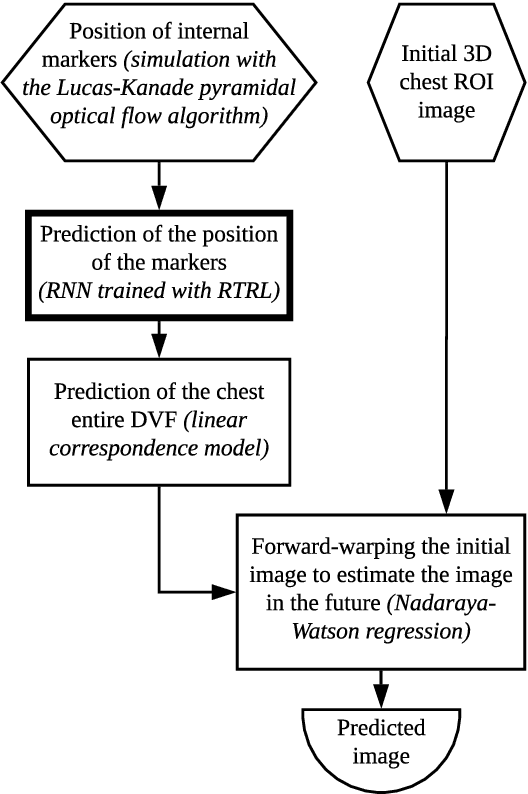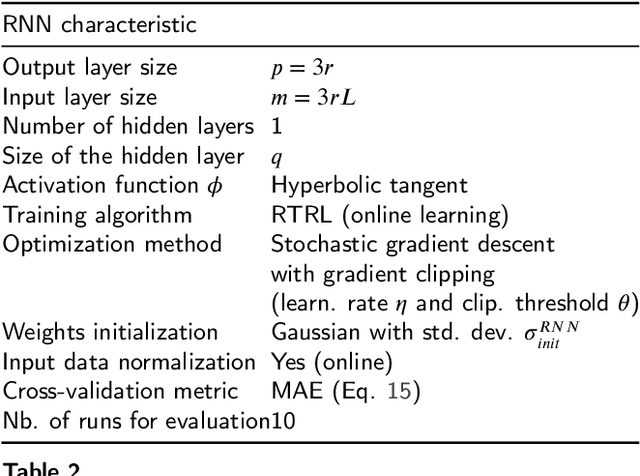Prediction of the motion of chest internal points using a recurrent neural network trained with real-time recurrent learning for latency compensation in lung cancer radiotherapy
Paper and Code
Jul 13, 2022



During the radiotherapy treatment of patients with lung cancer, the radiation delivered to healthy tissue around the tumor needs to be minimized, which is difficult because of respiratory motion and the latency of linear accelerator systems. In the proposed study, we first use the Lucas-Kanade pyramidal optical flow algorithm to perform deformable image registration of chest computed tomography scan images of four patients with lung cancer. We then track three internal points close to the lung tumor based on the previously computed deformation field and predict their position with a recurrent neural network (RNN) trained using real-time recurrent learning (RTRL) and gradient clipping. The breathing data is quite regular, sampled at approximately 2.5Hz, and includes artificial drift in the spine direction. The amplitude of the motion of the tracked points ranged from 12.0mm to 22.7mm. Finally, we propose a simple method for recovering and predicting 3D tumor images from the tracked points and the initial tumor image based on a linear correspondence model and Nadaraya-Watson non-linear regression. The root-mean-square error, maximum error, and jitter corresponding to the RNN prediction on the test set were smaller than the same performance measures obtained with linear prediction and least mean squares (LMS). In particular, the maximum prediction error associated with the RNN, equal to 1.51mm, is respectively 16.1% and 5.0% lower than the maximum error associated with linear prediction and LMS. The average prediction time per time step with RTRL is equal to 119ms, which is less than the 400ms marker position sampling time. The tumor position in the predicted images appears visually correct, which is confirmed by the high mean cross-correlation between the original and predicted images, equal to 0.955.
 Add to Chrome
Add to Chrome Add to Firefox
Add to Firefox Add to Edge
Add to Edge